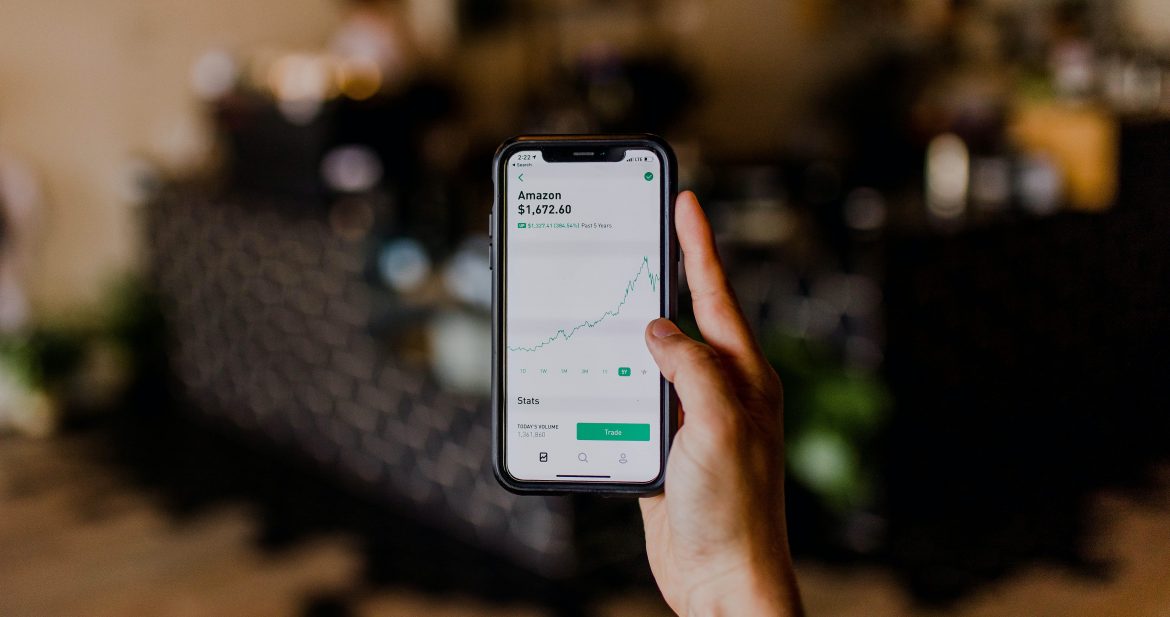It seems you have heard the phrase “CFD trading” but have never quite understood how it worked. You have probably heard some co-workers bragging about it in your usual dive bar and talking about how much they have earned from it. Of course, just like any other newbie, you start researching and preparing yourself on how to really go about it. After all, it is the one of the biggest markets garnering an average offering of $1 Billion per day. Here are a few things that you need to know about CFD trading before you get started.
What is CFD trading?
CFD means “Contract For Difference” and is a derivative product for trading that covers speculated markets like forex, indices, shares, and commodities. There is no actual ownership being made here but instead, you are agreeing to exchange the differences in the price of the asset starting from when the contract was opened until it expires. A trader focuses more on the invested direction that the asset moves in the market.
Short and long CFD trading
By CFD trading, you are able to observe and project on price movements. You can open a CFD position that will gain when the underlying market declines in price and you can simulate a traditional trade when market price increases. Terminology when selling is called “going short” or opposed to buying which is “going long”
For example, if you believe that Deutsche Telekom shares are going to decrease in price, you may sell shares of CFD from the company. You are able to exchange the difference in price between when the position was opened and when it closes. When shares decrease in price, you start earning profit and losses when the price increases.
How does CFD trading work?
First of all, you will be required to sign up with a broker in order to gain access to trading tools. Just like in other market dynamics, it is very quite similar: the market may either go up or down. CFD trading is done through standardised contracts (lots). The underlying assets traded determines the size of an individual contract and varies. This usually works by simulating how certain assets are traded on the market. As mentioned earlier, CFD trading prices are quoted in two prices: the buy price and the sell price which is “going long” or “going short” Keep in mind that the buy prices will be higher compared to the current market price and the sell prices are always slightly lower. The difference between the two prices is referred to as the spread.
Why should you start CFD trading?
Just like in any financial market out there, there are many reasons to go into CFD trading. One reason to go into this market is Direct Market Access or DMA. The DMA lets you trade in a wide range of assets regardless if you are directly buying from them. With over 100 instruments to use for trading, this is very much an advantage for traders who might be locked out of certain markets.
Another reason to start trading in CFD is to consider falling markets as well. In usual financial markets, the only focus to gain opportunities is for rising markets. With CFD trading, there is a focus on both falling and rising markets. Additional reason to engage in CFD trading is the great commission rates available for some assets.
Finally, the market is available for 24/7 and different existing brokers in the market may offer certain leverages that are very inviting, thus the trading in the CFD market to compare to others is very quick.







Leave a Reply
You must be logged in to post a comment.